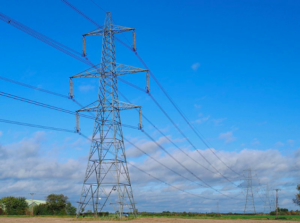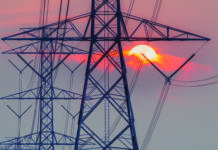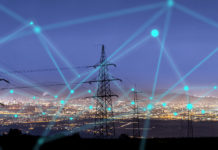
In 2018, energy managers faced pressure on both sides of their bills as both commodity and non-commodity costs pushed their energy bills higher. Now, we’ve started to see commodity costs fall – and Inenco is encouraging all businesses to take the opportunity to optimise their procurement strategy.
Last year, volatility returned to the wholesale market, driven by a number of factors including European gas demand, rising carbon prices and bullish oil markets. This combination pushed wholesale prices back to levels we hadn’t seen for almost two years, increasing energy costs for many businesses.
Since February, however, wholesale costs have fallen, as European gas storage levels were healthy enough to enable us to meet demand over a mild winter. According to the ICIS Power Index (IPI), wholesale costs have seen a ‘substantial reduction’ in recent months, with average IPI values falling from £61.15/MWh to £52.71/MWh. But this doesn’t mean that businesses can become complacent.
That’s because while commodity prices are softening, non-commodity costs continue to rise. In 2018, the Contracts for Difference (CfD) levy, Renewable Obligation (RO) levy and Feed in Tariff all rose at rates well above inflation, so businesses are already feeling the impact of spiralling non-commodity costs. With the Capacity Market levy set to more than double this year (once reinstated), and the Climate Change Levy (CCL) also increasing significantly since the end of the Carbon Reduction Commitment (CRC) on April 1st, this trend is set to continue.
As non-commodity costs now make up around 60% of business energy bills, finding ways to mitigate the effects of rising non-commodity costs will be a key concern for many energy managers. While energy management will be key, taking the optimum approach to energy procurement is just as important for businesses that are looking to keep their energy bills down.
With commodity costs falling, it’s a good time for energy managers to review their current energy buying strategy and decide whether it’s delivering the best deal for their business. If they can secure a low cost fixed deal for their energy now, or take a more flexible approach to procurement, then they should be able to mitigate the effects on their bill if wholesale costs begin to climb again.
Of course, there are a range of factors involved in buying energy – businesses need to take into account their appetite for risk, in-house capability and resources, as well as their budget. If your contract is up for renewal, Inenco’s procurement experts can help you to find a solution that’s right for your business – to find out more, visit www.inenco.com/experts.
Related stories:
Energy and carbon reporting: Compliance is not enough
Inenco business energy prices to increase 50% over four years
Inenco: Firms will burn £7bn through energy mismanagement
Inenco: Firms must invest in energy managers to meet UK carbon targets
Inenco: Supplier billing errors ‘cost UK firms half a billion pounds’
TPIs and brokers: Prepare for two years of extreme volatility
Click here to see if you qualify for a free subscription to the print magazine, or to renew.
Follow us at @EnergystMedia. For regular bulletins, sign up for the free newsletter.




The economy of the last 276 years has benefited from abundant, cheap, dense fossil fuel-derived energy. Economic growth (i.e real productivity) REQUIRES: 1) Unending cheap surplus net energy and 2) Unending credit (Debt) available fir businesses to grow. Both these pillars of the old economic system collapsed in July 2008 when Oil hit $147 a barrel on world markets. The aggregate energy efficiency of this general engineering productivity platform based on fossil fuel, ceased it’s multiplier in the 90’s, it never got above 22% efficiency (Japan). The Net energy available for the economy has dropped from over 50 to 100 to 1 (80’s) down to between 8 and 13 to 1 now. Net Surplus energy is the Master resource, price is irrelevant as we need energy to live the life-styles we have, and money is just printed out of thin air anyway..